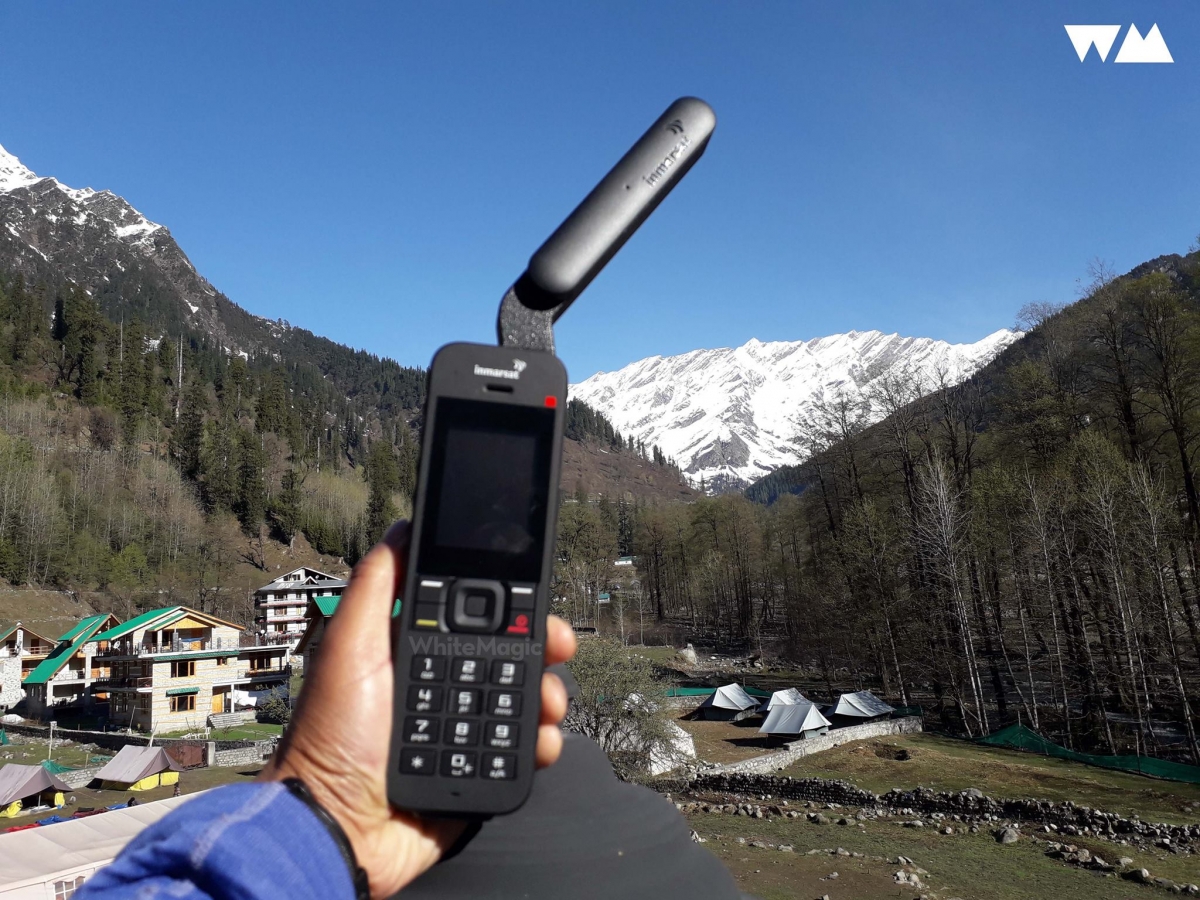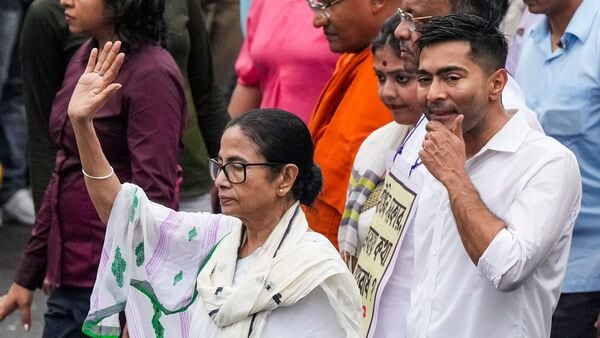Until now, satellite phones in India were primarily reserved for use by the defence forces, especially in remote and high-altitude regions of the Himalayas. However, following persistent demands from the mountaineering community and the adventure tourism industry, the IMF has formally approved satellite phone usage for registered climbers, following in-principle clearance from the Ministry of Home Affairs.
Bhaskar Das, a governing council member of the IMF and a veteran mountaineer based in Jalpaiguri, emphasized the importance of this decision. “It has been observed on several occasions that mountaineers in distress were unable to communicate with base camps or fellow team members due to lack of network connectivity. Satellite phones will now serve as a vital communication tool during emergencies and difficult situations.”
However, the use of satellite phones will not be without regulatory oversight. According to Das, climbers must comply strictly with IMF regulations, which include the submission of proper documentation, security clearances, and the payment of applicable rental charges. Civilians seeking to use or purchase satellite phones will also need to produce valid identification such as a passport and Aadhaar card, and in certain cases, obtain a No Objection Certificate (NOC) from the Ministry of Home Affairs, along with security clearance from the Director General of Police (DGP) or Inspector General of Police (IGP).
Satellite phone usage remains restricted in specific sensitive regions of India, such as Jammu and Kashmir and other areas requiring Inner Line Permits. In these zones, climbers must follow separate guidelines set by local authorities and the Ministry of Telecommunications.
In addition to satellite phone access, the IMF has decided to grant registered climbers supervised access to restricted topographical maps of the Himalayan region, produced by the Survey of India. These classified maps, considered crucial for understanding treacherous terrains, can be studied at IMF offices under strict guidelines. Mountaineers are prohibited from taking photographs or making copies of these documents. “Such access will allow expedition teams to plan routes more accurately and improve overall safety,” Das noted.
Satellite phones offer a wide range of critical benefits for climbers, particularly in India’s challenging mountainous environments:
Emergency Communication: Satellite phones provide a reliable link in areas devoid of cellular networks. In life-threatening situations, climbers can contact rescue teams directly and share GPS coordinates, facilitating quicker response and life-saving interventions.
Logistics Coordination: Expeditions in remote areas rely heavily on coordination with base camps and support teams. Satellite phones help manage supplies, transport, and team movement efficiently, even when deep in the wilderness.
Weather Forecasting: Accurate and timely weather updates are crucial in the Himalayas, where conditions can shift rapidly. Satellite connectivity enables access to real-time forecasts, allowing teams to avoid hazardous situations.
Family Connectivity: Beyond operational needs, satellite phones also offer emotional support. Climbers can maintain communication with loved ones, boosting morale during long and demanding expeditions.
Mountaineering and trekking have become increasingly popular across India, drawing enthusiasts both domestically and internationally. However, these activities often unfold in regions far from conventional infrastructure, posing serious communication challenges. By allowing satellite phone usage and controlled access to sensitive mapping data, the IMF and Government of India are taking vital steps to enhance the safety, preparedness, and overall experience of mountaineers.
While the road to implementing these changes will require compliance with security and administrative protocols, the initiative marks a forward-thinking approach to adventure tourism and risk management in India’s Himalayas. The IMF’s decision is seen as a long-awaited win for climbers who have, for years, operated with minimal connectivity in some of the most extreme environments on Earth.
As the process of integrating satellite communication into Indian mountaineering progresses, stakeholders from the climbing community, regulatory authorities, and adventure tourism sector are hopeful that it will usher in a new era of safer and more efficient exploration in India’s remote peaks.









